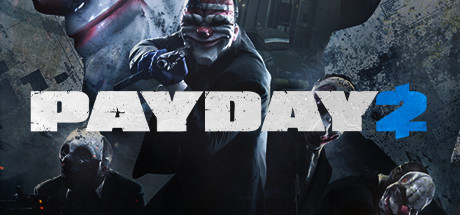Key Points:
• Canonical’s design team aims to create a centralized space for design insights and best practices in the open-source industry.
• The team’s online presence had become fragmented and needed reorganization.
• This series explores how they streamlined and refocused their digital footprint through a sprint, with Part 1 covering organization and Part 2 detailing execution and results.
As a leading expert in the open-source industry, Canonical’s design team has been dedicated to creating a space where designers can access valuable insights and best practices for designing complex systems that cater to diverse user bases. Over the years, they have compiled a wealth of design resources and shared them across various platforms and sites. However, this scattered approach ended up resulting in a disorganized online presence that required some TLC.
Streamlining the Digital Footprint:
To address this issue, the design team embarked on a sprint to organize their online presence, redefine their digital footprint, and create a centralized hub for design resources. This series will delve into the methods and tools they used to achieve this goal, with Part 1 focusing on the pre-sprint phase and Part 2 exploring the execution and results.
Auditing the Online Presence:
The first step in this process was to conduct an audit of their online presence, which involved assessing their platforms, content, and user experience to identify gaps and inconsistencies. This process helped the team to identify areas where improvement was needed. They evaluated their existing platforms, tools, and resources, taking note of which ones were no longer relevant or effective. This exercise also allowed them to re-evaluate their content strategy and prioritize the most valuable and relevant information.
Defining Mission and Values:
The next step was to define the team’s mission and values, which served as the foundation for their reorganization efforts. This step helped the team to clarify their goals and objectives, ensuring that all subsequent decisions align with their shared vision. By defining their mission and values, the team could create a unified message and tone that resonates with their target audience.
Key Takeaways:
- Streamlining is essential: Canonical’s experience highlights the importance of regularly reviewing and refining your online presence to ensure consistency and relevance.
- Audit and prioritize content: A thorough audit of your online presence can help identify areas for improvement, allowing you to prioritize and refocus your efforts.
- Define your mission and values: Establishing a clear mission and values helps guide decision-making and ensures consistency across all platforms and content.
As Linux and Ubuntu users, it’s essential to recognize the value of a well-organized online presence. A disorganized website can lead to confusion and frustration, while a streamlined space can improve user experience and foster engagement. Canonical’s efforts serve as a valuable reminder of the importance of staying organized and focused in the ever-evolving world of open-source software.
In the next installment, we’ll explore Part 2 of this series, where the design team will share their execution and results, including the tools they used and the challenges they overcame. Stay tuned for insights on how to apply these principles to your own online presence.
Upgrade your life with the Linux Courses on Udemy, Edureka Linux courses & edX Linux courses. All the courses come with certificates.




